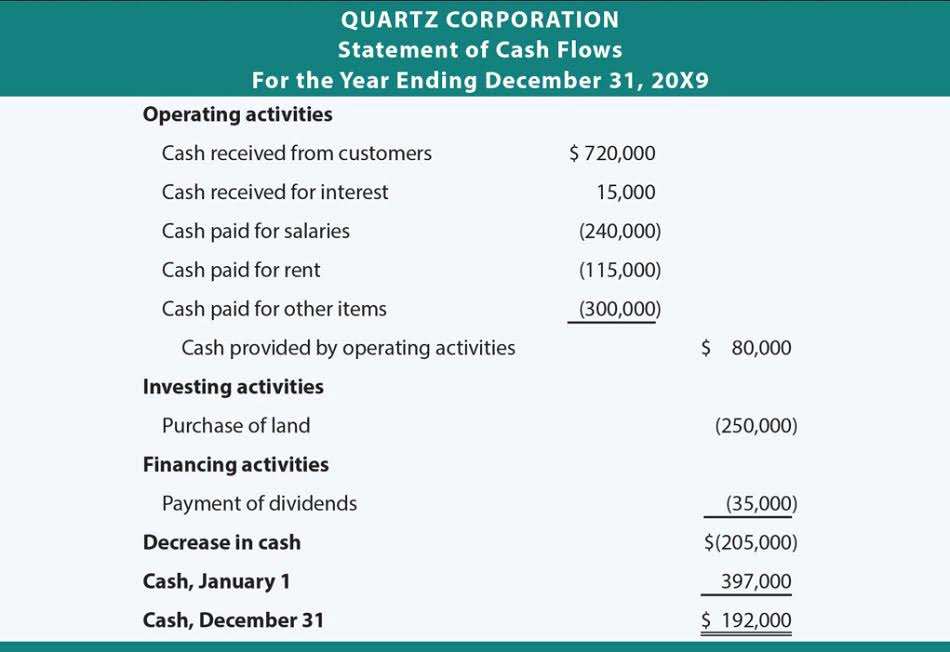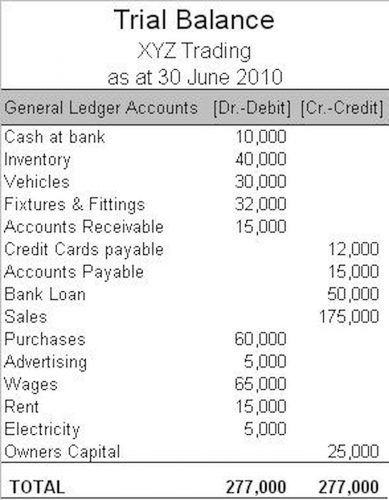
That means you’ll be recognized by nonprofit organizations as someone who has met 10 core competencies, completed an internship, participated in the NLA student organization and attended a national non-profit conference. With a consolidated view of every prospect and customer, CRM software can manage day-to-day customer activities and interactions. For marketing, this means engaging your prospects with the right message, at the right time, through targeted digital marketing campaigns and journeys. Sales reps can work faster and smarter with a clear view of their pipeline and accomplish more accurate forecasting. Sales teams generate a flood of data while talking to prospects, meeting customers, and collecting valuable information. Customer relationship management software can benefit virtually any department at your company, from sales to service, to IT, to marketing, and more.
Additional Nonprofit Accounting Services
- We’re kicking off this list with ourselves because we deeply believe in the work of our team of accounting and finance-obsessed experts.
- Nonprofits are usually required to provide states with a copy of Form 990 or an equivalent.
- Our focus is on being a recipient of the best education possible and then turning it around and providing the best education possible to our clients.
- Form 990 is a tax form that tax-exempt organizations—which include most nonprofits—must submit to the IRS every year.
- Nonprofit accounting professionals use the transactional data recorded by bookkeepers to generate internal reports and assemble external documents, including tax forms and financial statements, for the government and for donors.
- Our Management Letter contains specific recommendations and suggestions regarding internal controls and other matters to increase the effectiveness of the client organization.
Many nonprofit organizations have or are interested in establishing a reserve fund to sustain the long-term future of the organization and/or provide the organization a source of capital for future development. Learn the six essential steps that every nonprofit should take to determine the ideal reserve fund amount. ANAFP works to promote, educate, and foster collaboration for those professionals and to be a resource to the general public on nonprofit accounting and finance matters.
Nonprofit Accounting Terms
When you set up your software to record and safeguard your financial information, be sure you choose a solution that has specific configurations for nonprofit accounting, such as Quickbooks. Financial ratios help nonprofits measure the financial health of the organization. Nonprofit cash flow statements will refer to “change in net assets” instead of “net income,” and will sometimes list cash flows that are restricted to certain uses. Most nonprofit-friendly accounting software like QuickBooks Aplos or Nonprofit Treasurer will allow you to generate financial statements automatically. Although it’s possible to manually generate financial statements from your ledger or spreadsheet, it takes a ton of accounting knowledge and time to do it right. In most cases, it’s better to let your accounting software or a bookkeeper take care of this step for you.
Best for Volunteer-Run Nonprofits
In addition to these steps, make sure your board treasurer and other financial professionals have line of sight to your reporting and accounting functions. Their input is helpful, and having an extra set of eyes to catch potential mistakes is never a bad thing. Having the right team of professionals around you is key to serving your organization’s mission to the best of your ability.

Nonprofits should track revenues and expenses for multiple program service areas and product lines. Before a nonprofit begins the budgeting process, there are key concepts and terms that all members of the organization should understand. The statement of activities (also sometimes called the operating statement) is like the nonprofit version of the income statement. Like the income statement, it tells you how “profitable” your NFP was over a given period by showing your revenue, minus your expenses and losses. A good budget can act like a roadmap for a nonprofit, determining where and when the organization will deploy its resources, and whether it’s on the right track financially. Don’t use your personal bank account to receive, hold or disburse money for your nonprofit.

SFBay Financial
- Non-profits then track and manage these funds separately and independently monitor the expenses and revenue.
- Also track outgoing funds such as salaries, wages and other business expenses, and break them down by month.
- Learn the six essential steps that every nonprofit should take to determine the ideal reserve fund amount.
- Unlike the early days, today’s CRM software lives in the cloud, giving you the ability to safely save and access all of your customer data from anywhere at any time.
- For example, if you have $50,000 of restricted assets set aside for your scholarship program, then decide to provide a $5,000 scholarship, you’re not losing those funds.
The Association of Nonprofit Accountants and Finance Professionals (ANAFP) is the largest professional association dedicated solely to those working in and/or interested in the field of nonprofit accounting and finance. This is the part of the tax code that concerns charities, nonprofits, and religious organizations that are exempt from paying federal taxes to the IRS. For the most part, however, cash flow statements for non and for-profits are very similar. If you’ve dealt with for-profit cash flow statements before, this should look very familiar.
Its $15 per month plan ($1.50 per month for the first three months during the current promotion) offers invoicing and quotes tools, bill tracking for five bills, bank and Xero syncing and 30-day cash flow snapshots. Its $42 and $78 plans ($4.20 and $7.80 per month, respectively, for the first three months during the current promotion) add bulk transaction reconciliation, higher bill pay limits, project tracking and analytics. However, nonprofit accounting software helps organizations save time and resources while safeguarding accounting reports from errors. To help you decide on the best bookkeeping system for your organization, we’ve compiled a list of trusted solutions suitable for nonprofits of various sizes. To rank the best accounting software for nonprofits, we first considered whether the software offered nonprofit-specific features, like donation tracking and Form 990 generation.
What to Expect from Bookkeeping Services for Owner / Operators
With unmatched insight through exclusive philanthropic data intelligence and analytics, you save time and money. Nonprofit organizations face unique challenges in accounting since they have to track donations in addition to invoices and payroll – and with extra focus on transparency, given the nature of the work. Cobbling these together for end-of-year reporting is especially daunting if nonprofit staff and volunteers have to create financial statements from scratch and switch between different spreadsheets to manage everything. accounting services for nonprofit organizations Unlike most software for nonprofits, NonProfitPlus includes inventory management, which is crucial if you stock merchandise (like T-shirts and mugs) to raise money or reward donors. On the other hand, NonProfitPlus doesn’t list any pricing on its site—as with Sage Intacct, you have to get in touch with a representative for a quote. Customers report paying more than $600 a month for NonProfitPlus’s full suite of features, so if you’re looking for affordable nonprofit software, NonProfitPlus probably isn’t it.
It can also foster inefficiency if product or market teams have similar functions, and without good communication across teams, companies run the risk of incompatibility among various product/market teams. On the other hand, a circular organization chart looks like concentric circles with company leadership in the center circle. Instead of information flowing down to the next “level,” information flows out to the next ring of management. To further your personal and professional skills necessary for success in the nonprofit environment, you’ll complete a three-credit internship experience at a nonprofit organization related to your specific career interest.
